Shift-Left Monitoring Approach for Cloud Apps in Containers
DZone
AUGUST 28, 2023
Shift-left is an approach to software development and operations that emphasizes testing, monitoring, and automation earlier in the software development lifecycle. The goal of the shift-left approach is to prevent problems before they arise by catching them early and addressing them quickly. When you identify a scalability issue or a bug early, it is quicker and more cost-effective to resolve it.







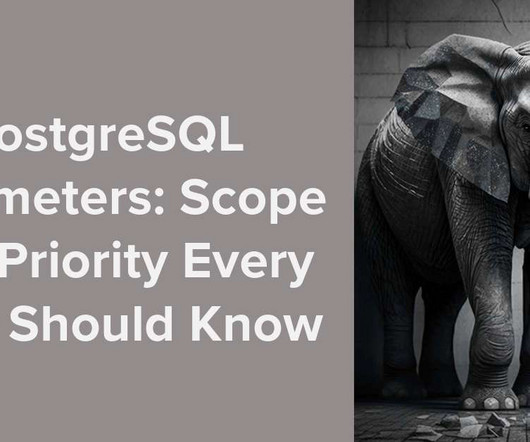

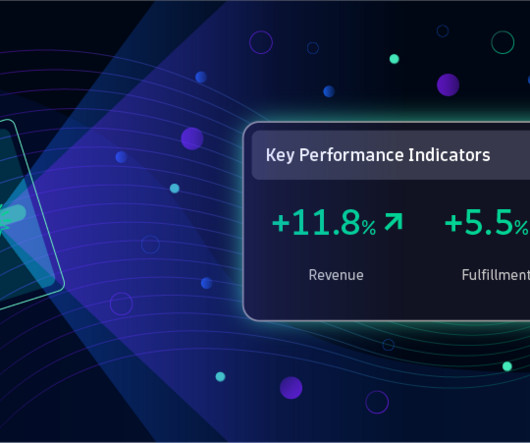
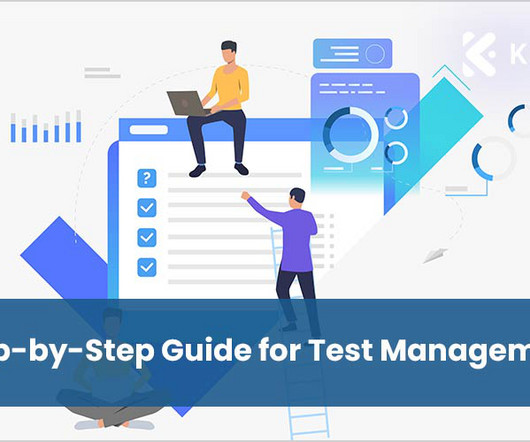



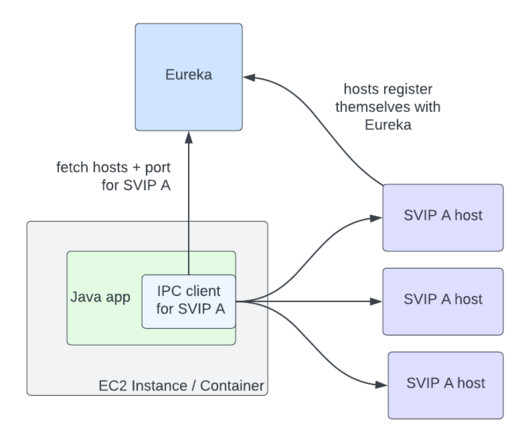
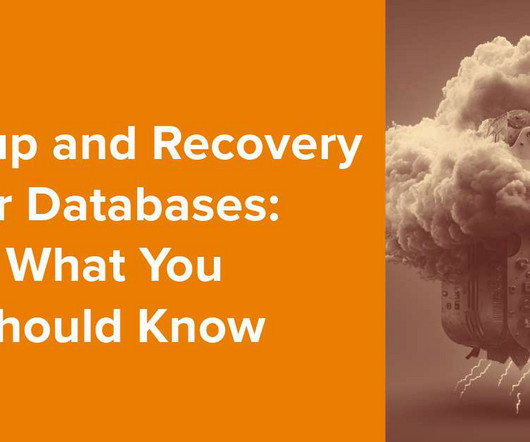











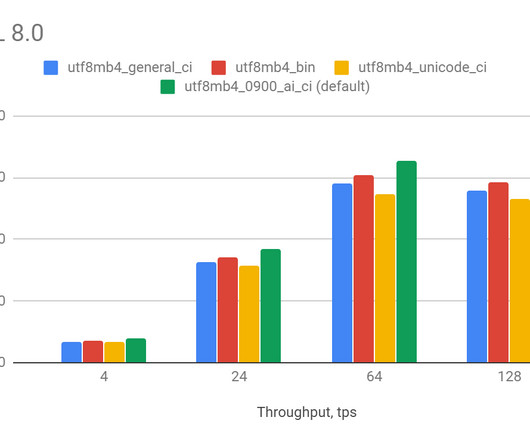
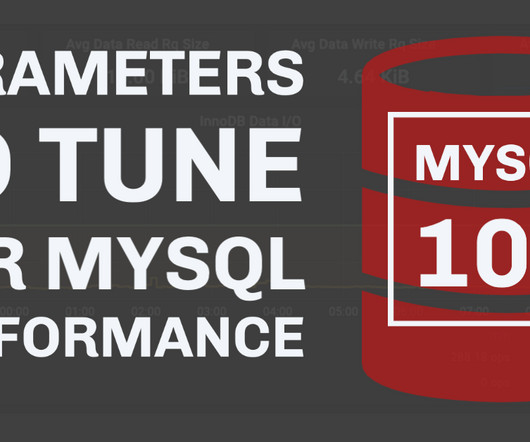






Let's personalize your content